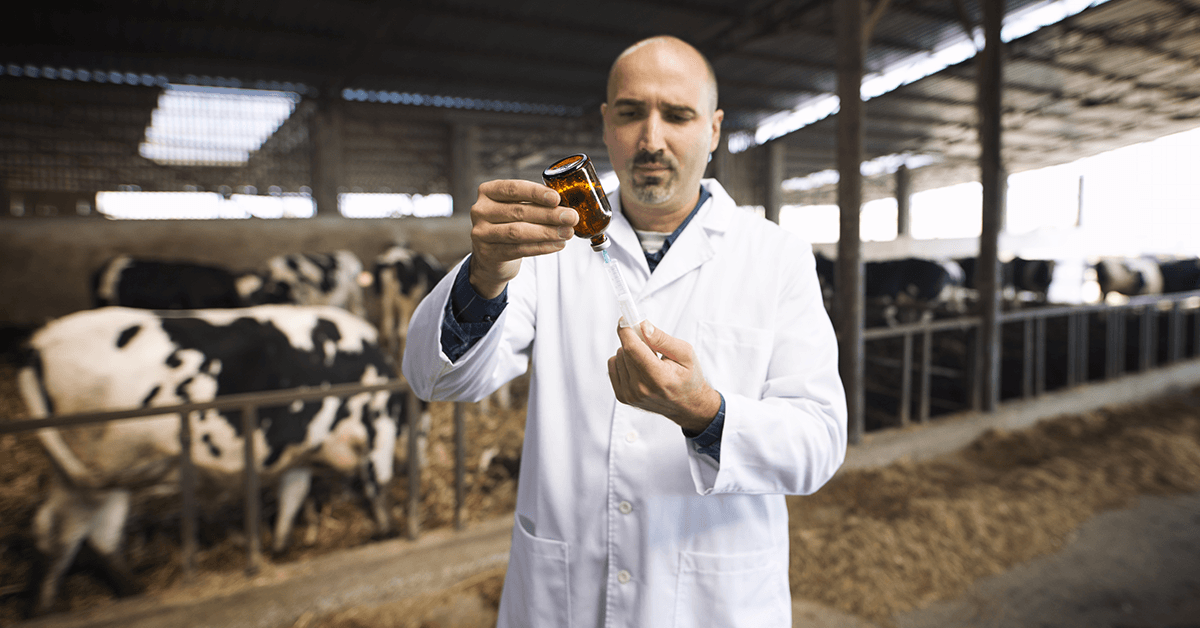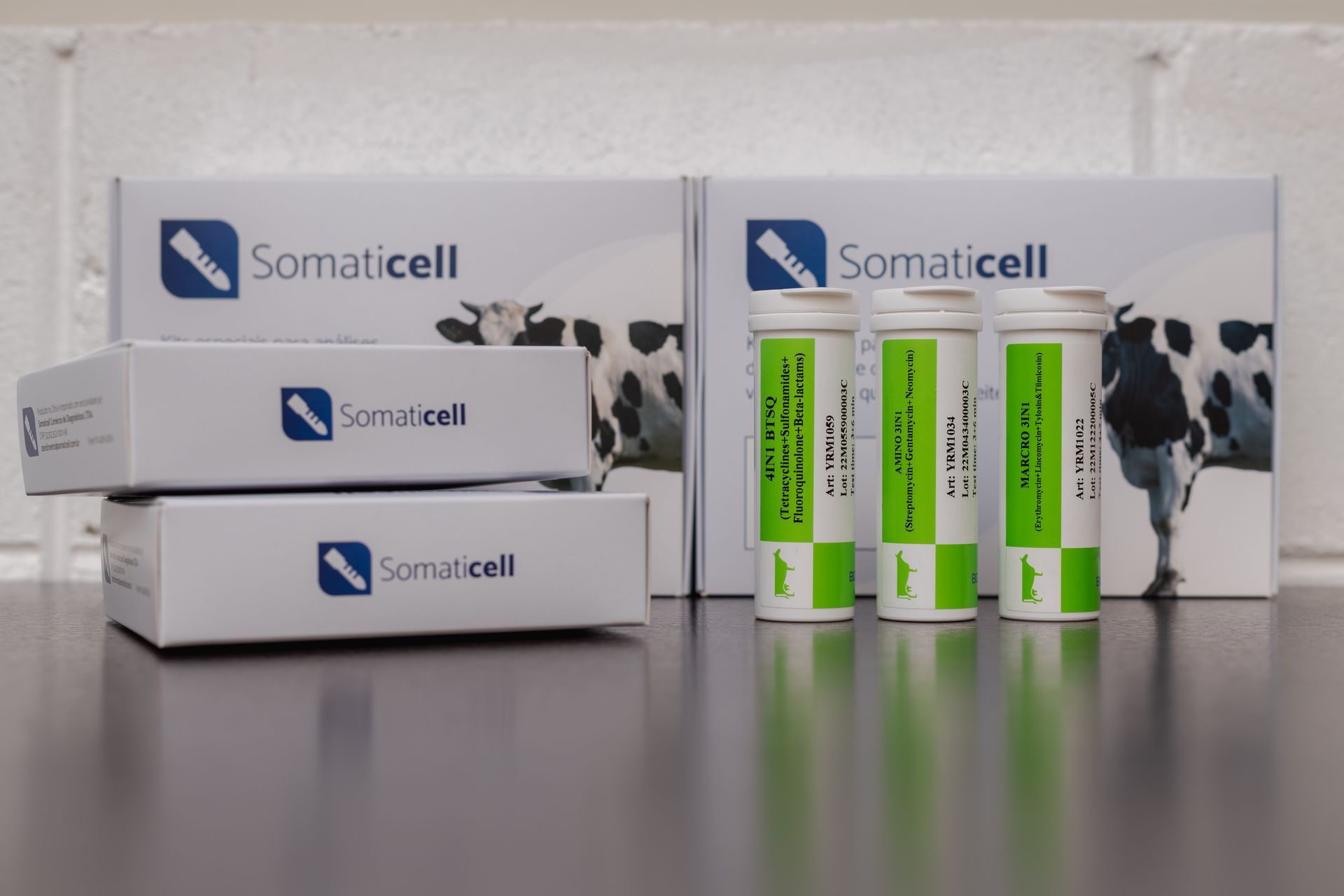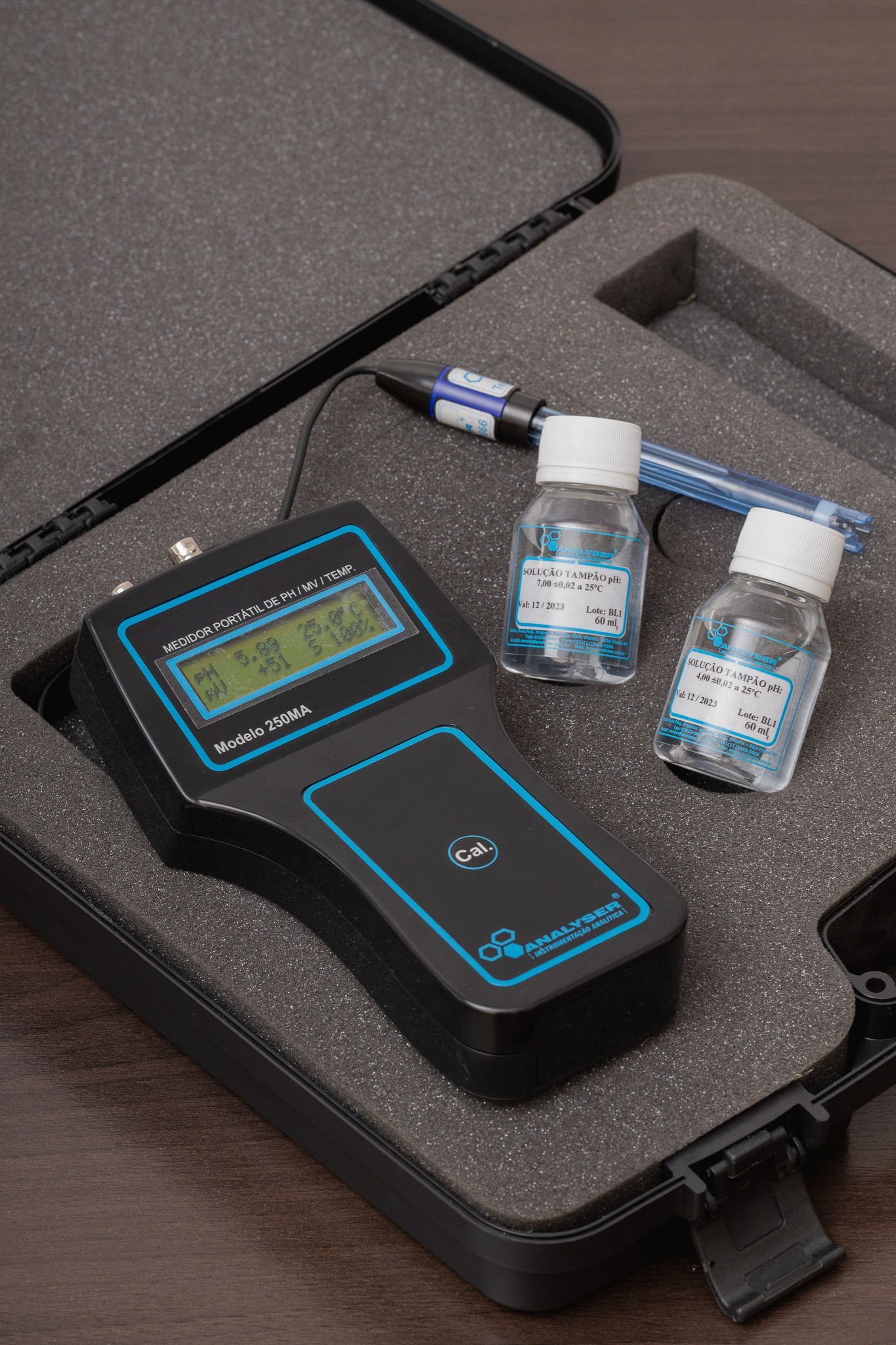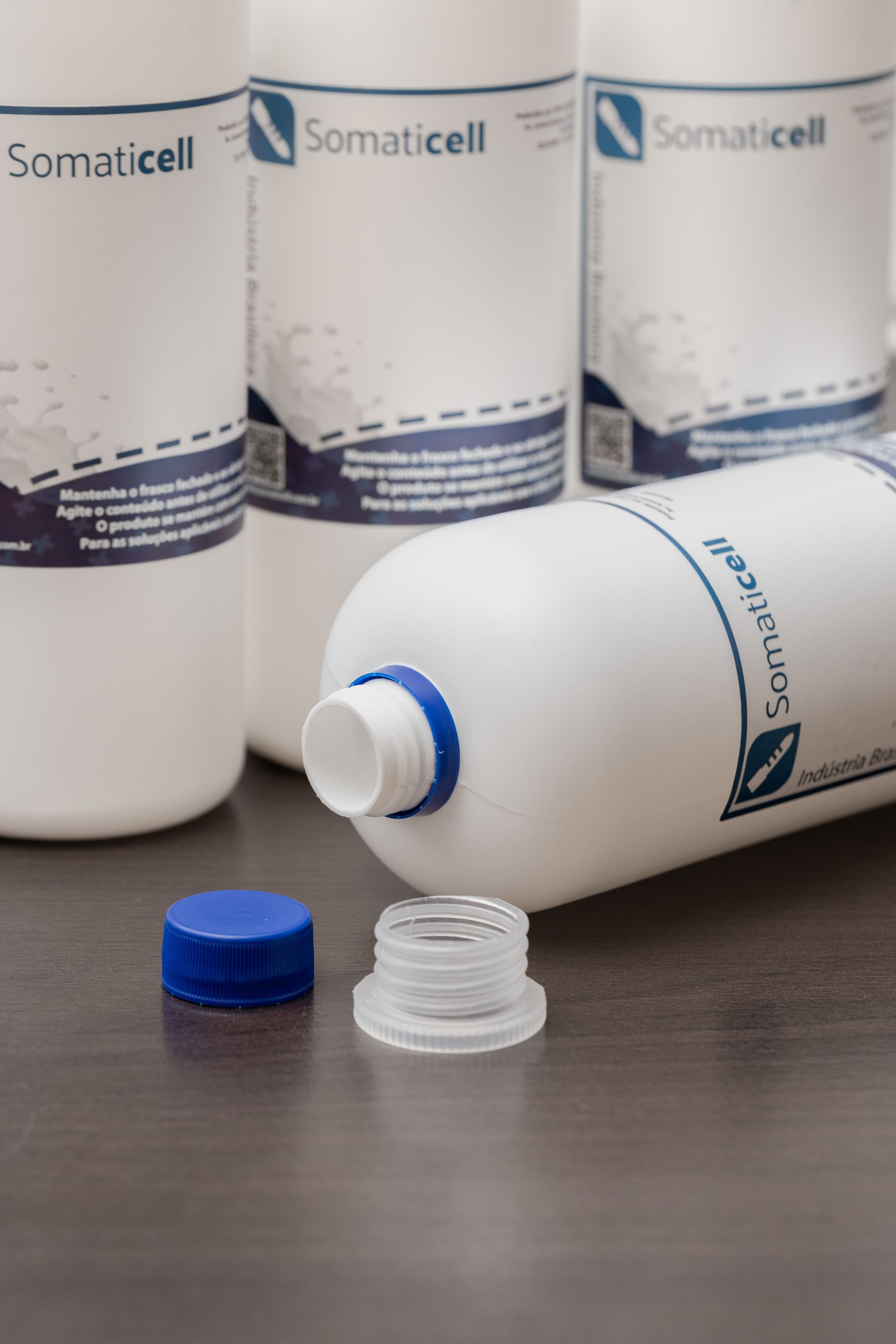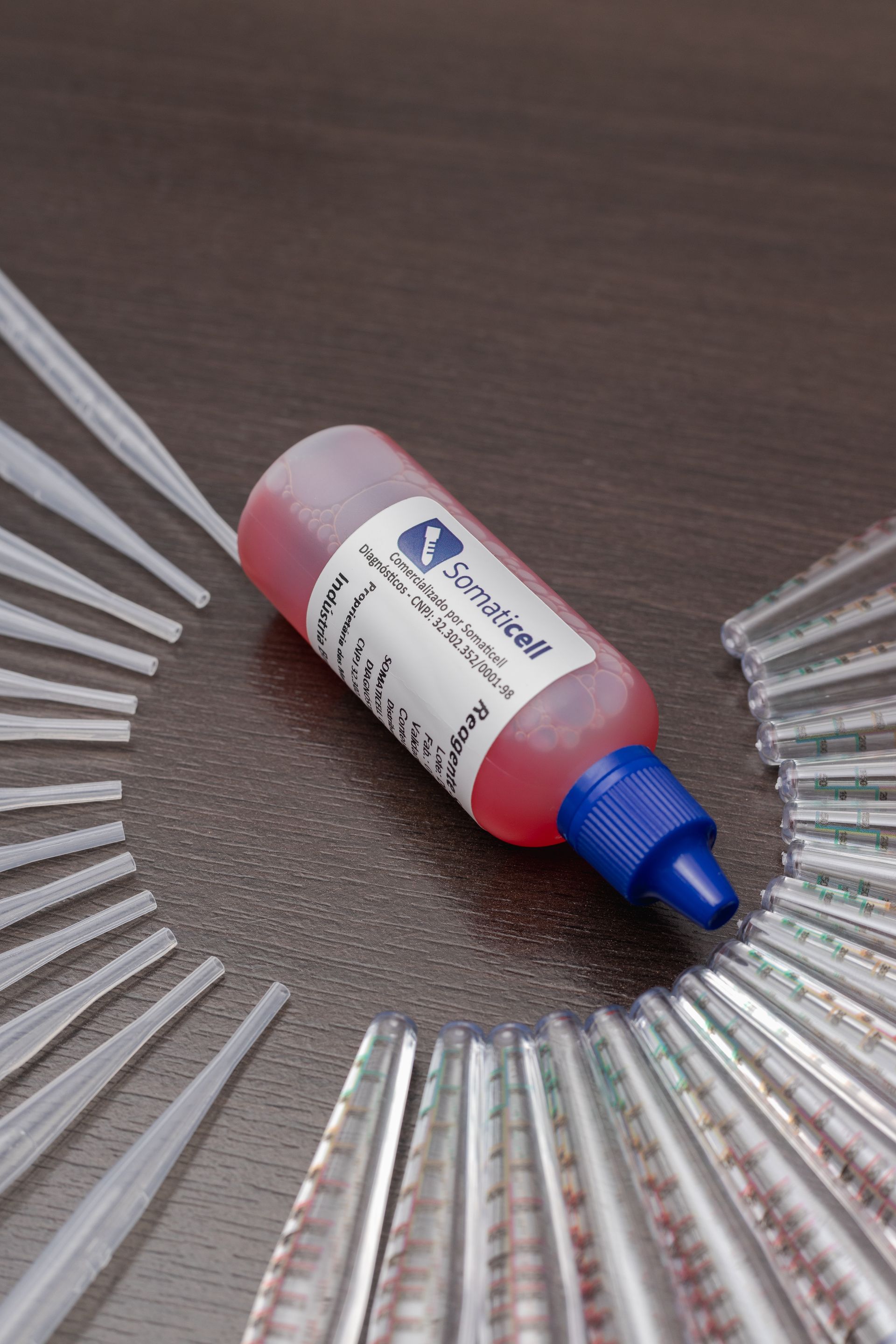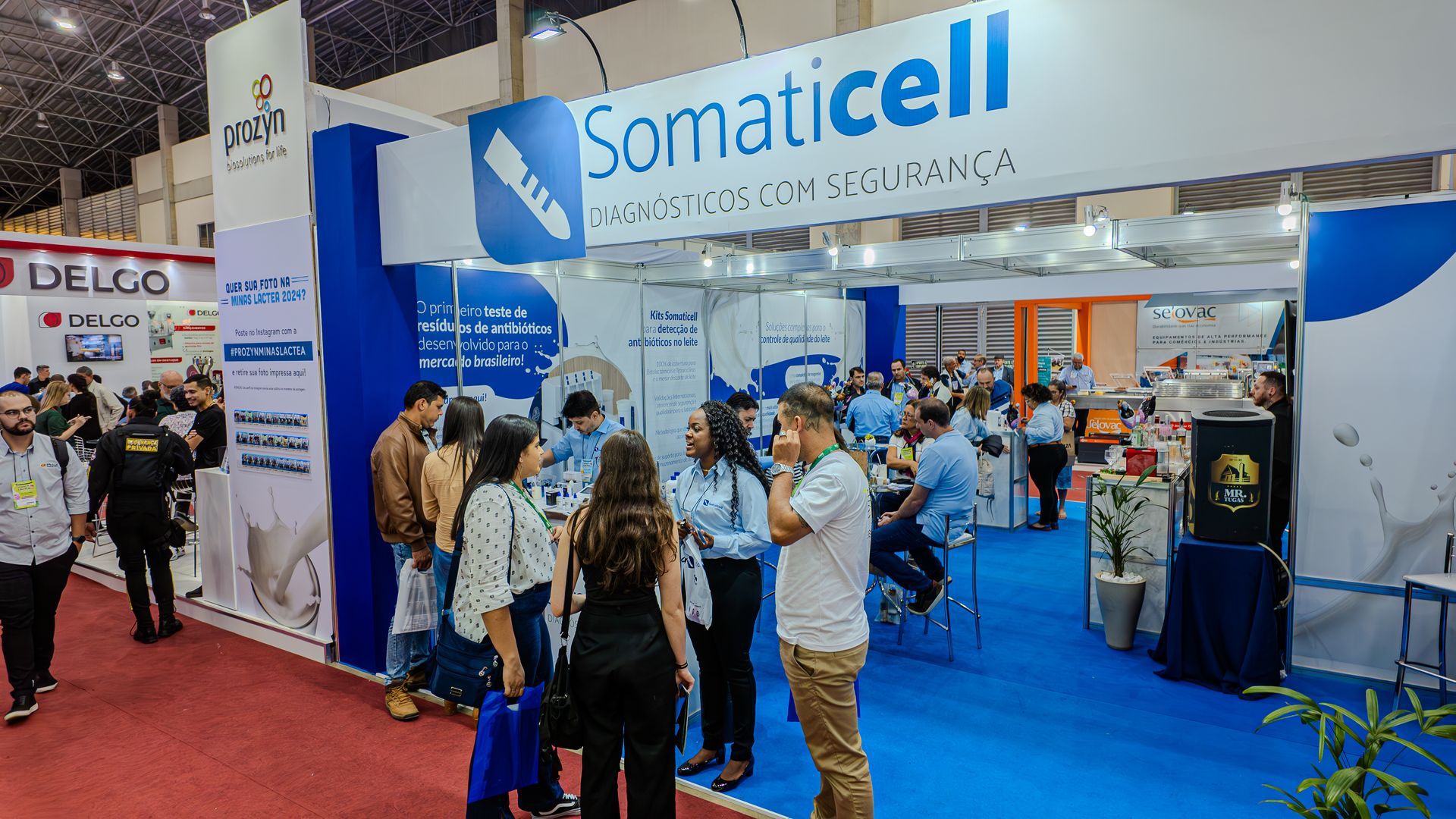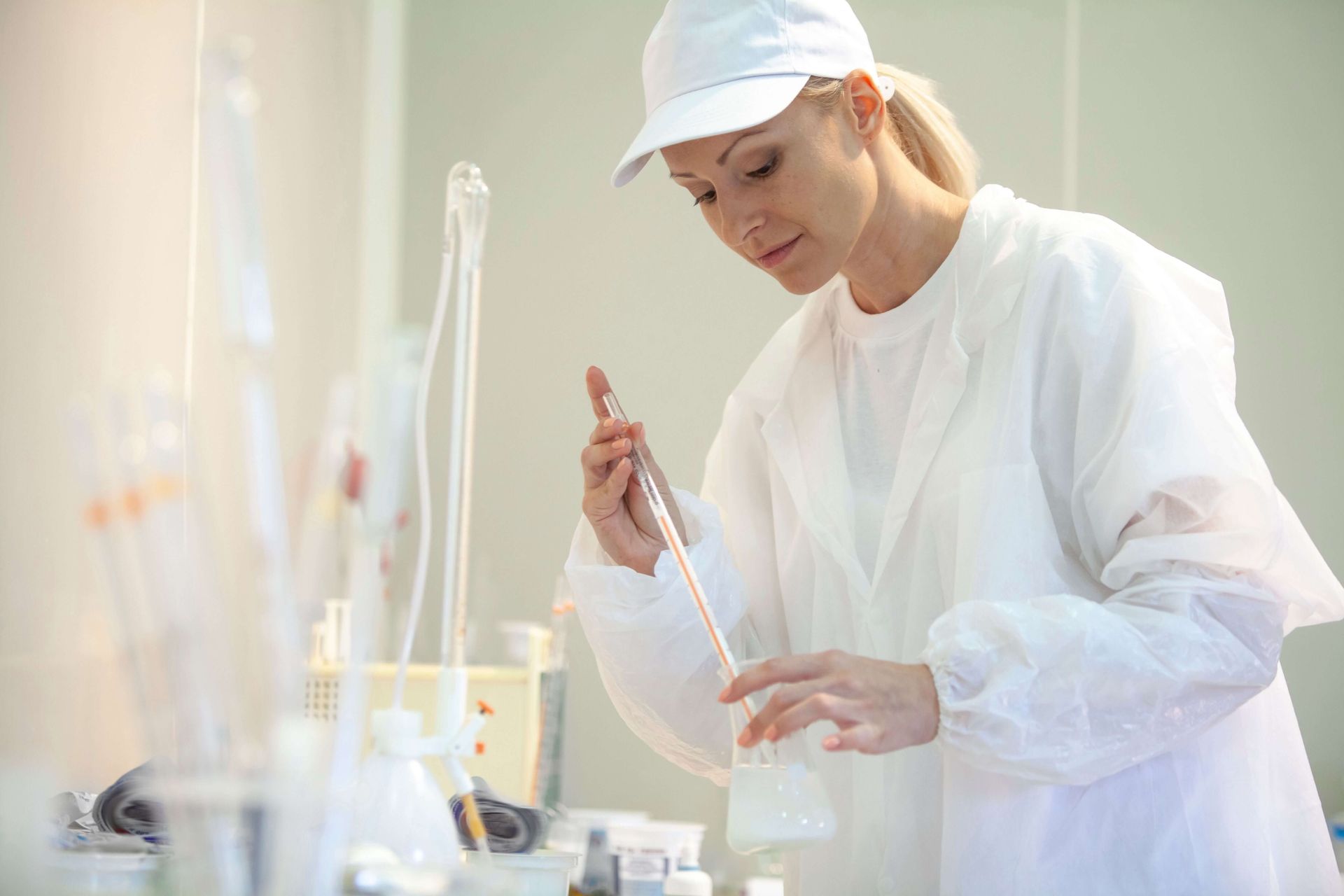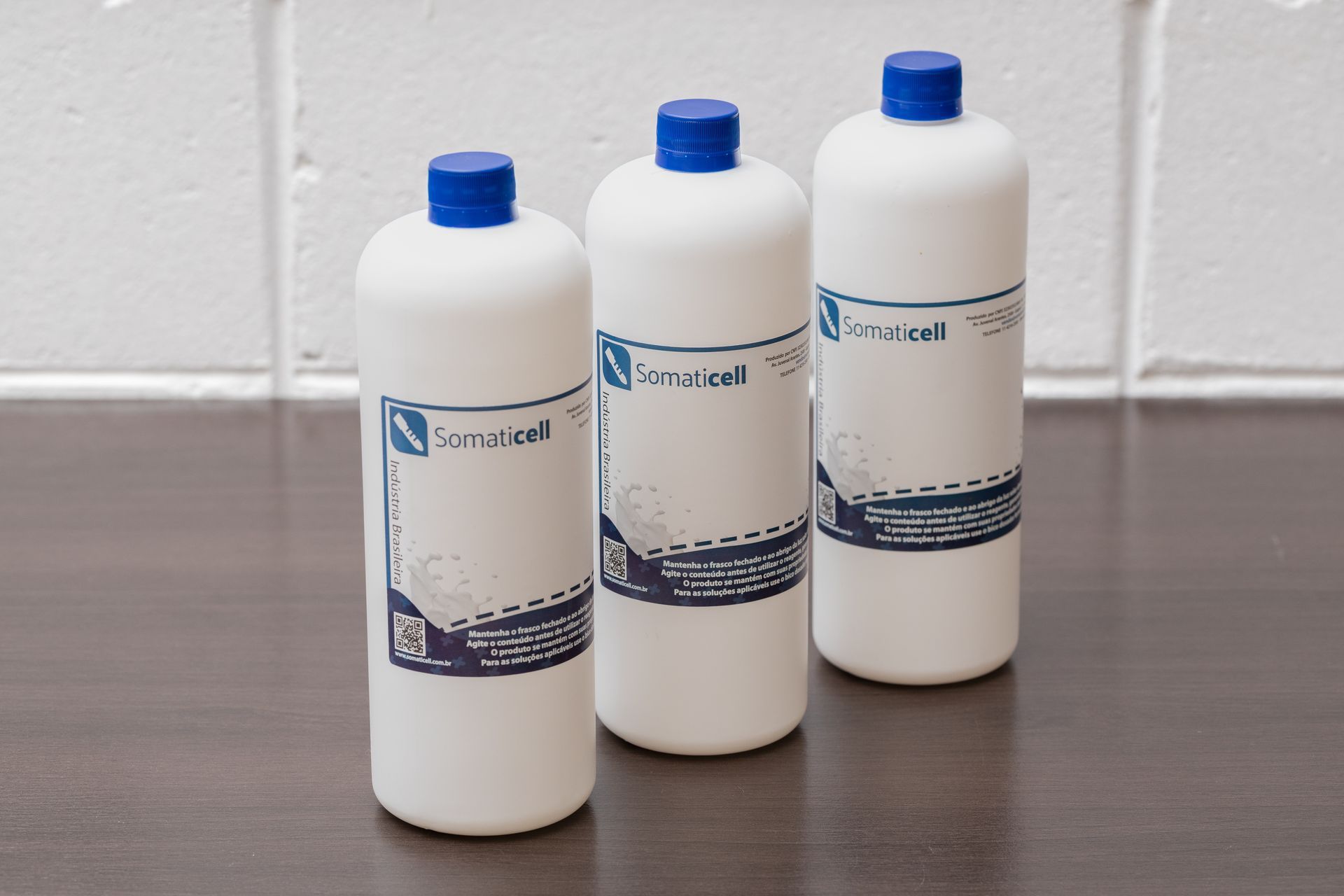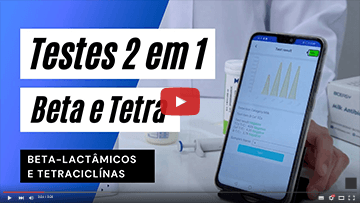Clinical mastitis with negative culture: is the best treatment the antibiotic?
One of the main precautions that milk producers must take is the health of the cows.
Milk production is a fundamental agribusiness activity for many professionals who dedicate themselves exclusively to this work. It is a segment in which there are several challenges and requires a lot of care (with the health of the animals, with hygiene and monitoring in the milking processes, from handling the milk to marketing).
Isso devido à necessidade de seguir rigorosamente critérios fundamentais para manter a qualidade do leite e de seus derivados, diminuir custos, evitar perdas e manter a integridade dos animais. Tudo visando uma produção ética, com produtos entregues a preços acessíveis e de qualidade para o consumidor.
In this sense, one of the main precautions that producers must take is the health of cows that can develop mastitis, a disease that affects the mammary gland and can manifest itself due to several factors.
Considera-se essa enfermidade como uma das principais causas de prejuízos na cadeia leiteira, podendo resultar em descartes de matéria-prima, custos com serviços veterinários, descarte do animal em casos graves ou tratamento.
In cases of clinical mastitis with negative culture, there is some information on treatments based on the use of antibiotics. However, this may not be the best option. In this article you will find information about this disease and find out if the best alternative for cases of clinical mastitis with negative culture is the use of antibiotics. Follow the content!
- What is clinical mastitis
- Causes of mastitis
- Risk factors
- Types of treatment
- Is antibiotic treatment the solution?
- Best practices for this issue
What is clinical mastitis
Mastitis is characterized by inflammation of the mammary gland, caused by an infection of a pathogenic microorganism. This agent enters the mammary gland through the teat orifice or through the blood.
The damage caused by the infection leads to physicochemical changes in the milk and presents complexity and costs for the treatment. Mastitis can present as subclinical or clinical. In the case of diagnoses of subclinical mastitis, the producer ends up having greater losses, as it directly impacts the loss of production and the elaboration of low-quality products, still silently manifesting itself in the herd.
Esse tipo de mastite não possui alterações perceptíveis no leite, sendo necessária a aplicação de testes de Contagem de Células Somáticas (CSS) para que haja o diagnóstico.
In turn, clinical mastitis causes noticeable changes in milk such as clots, lumps and changes in color. Another symptom that may be noticed is swelling and redness in the teats.
Cows with clinical mastitis represent, today, one of the main causes of losses among producers.
Só para exemplificar, um estudo feito no Canadá estimou os gastos causados pela mastite clínica, o que representou 34%. Em contrapartida, a causa de 48% se deve à mastite subclínica e 15% são relativos às medidas de prevenção.
Negative impacts on profitability
Added to this are other negative impacts on the profitability of producers due to the disposal of milk with antibiotic residues, losses in milk production during the rest of lactation, treatments and the premature disposal of cows.
When clinical mastitis is diagnosed, the most commonly used treatment is intramammary antibiotics.
Contudo, dois estudos realizados no Brasil mostram que casos com cultura negativa ou isolamento bacteriano ausente representam 41 a 44% do total.
The absence of bacterial isolation in clinical cases consists of spontaneous cure before diagnosis.
In addition, most clinical mastitis is mild or medium, which means that there is less risk of cow death, as only severe cases are indicated for immediate treatment.
Causes of mastitis
There are at least 130 different microorganisms that cause mastitis. Therefore, both control and treatment must follow exact and clear strategies.
This diagnosis can be made through a microbiological analysis. But these microorganisms can be classified into two large groups based on their origin and mode of transmission.
The first group deals with those that cause contagious mastitis, caused by pathogenic microorganisms present in the animal's mammary gland. Its transmission is made from one cow to another, mainly during milking, when equipment used by milkers is not cleaned.
The second group is the bacteria present in the environment where the animals are inserted, such as the place where they lie down, sleep and where milking takes place. The high incidence of these microorganisms in the herd reveals the lack of good management and hygiene practices.
Regardless of the type of causative microorganism, it is essential to understand that the diagnosis must be made as soon as possible, since mastitis can infect other animals, causing greater damage, which can be aggravated by risk factors. See what they are below!
Clinical mastitis with negative culture: risk factors
Some conditions become risk factors and propitious situations to increase the chances of mastitis cases on farms. Such factors can be linked to three sources: the herd, the cow or the udder.
When it comes to factors related to the herd, there are precautions that must be taken, such as hygiene of the cows, cleanliness of the environment, comfort and adequate facilities, size of the place taking into account the number of animals, etc.
If these situations are not carefully thought out and implemented, teat exposure to mastitis-causing agents can increase significantly.
Another important risk-related factor is the diet of these animals. This is because a good diet will be directly linked to the immune response of the cows, which in precarious cases, further impairs any treatment and makes the disease more serious.
The climate also needs to be observed, because in warmer and more humid places the challenge regarding the occurrence and treatment of mastitis is greater.
Furthermore, it is necessary to thoroughly investigate the predominant agents that cause mastitis, so that all care is focused on combating it accurately, minimizing losses and costs.
It is also necessary to observe the stage of lactation, which interferes with the metabolism and immunity of the cow.
Udders, however, present risk factors in teats with hyperkeratosis problems, caused, in most cases, by malfunctioning milking. In these cases, the chance of having the disease increases from 20% to 30%.
Clinical mastitis with negative culture: Types of treatment
Cases of clinical mastitis may vary according to the degree of severity of the symptoms. The symptoms can manifest with alteration in the milk, alteration in the milk and in the udder, systemic alterations with impairment of the animal.
In the latter case, the degree can evolve, leading to apathy, fever, weight loss, weight loss, in addition to changes in the udder and milk.
The attitudes towards the treatment need to be evaluated according to each degree presented. Which leads to the evolution to the following tables:
- Spontaneous cure: occurs when the animal's immune system overcomes the infection;
- Treatment with antibiotics: in this treatment, intramammary medication is used, with the aim that the antibiotics, together with the animal's immune system, promote the elimination of the pathogen.
- Clinical cure (risk of the infection becoming chronic): here the bacteria adapts to the mammary gland, creating a balanced relationship between the agent and the immune system.
- Quarter loss: occurs when the mammary quarter loses its ability to secrete milk.
- Death of the animal: when the bacterium that causes mastitis manages to infect systemically, defining a picture of sepsis and a very intense inflammatory response.
Treatments involve collection of samples for culture, application of anti-inflammatories and antibiotic treatments. However, there are questions whether in cases of clinical mastitis with negative culture, the application of antibiotics is really beneficial.
After understanding mastitis conditions, see in the next topic the reason for the need to carefully evaluate this type of treatment.
Is antibiotic treatment the solution?
Some studies point out that the unnecessary use of antibiotics in cases of clinical mastitis can be more harmful than beneficial.
Nos EUA foi feito um estudo que avaliou respostas de tratamento com e sem antibiótico em vacas com casos clínicos negativos.
In the studies, the researchers verified a total of 121 clinical cases that presented negative results after 24 hours of diagnosis on the farm.
Among the selected cows, half of them were submitted to treatment with intramammary ceftiofur for 5 days. Meanwhile, the other half received no treatment at all.
The cows were monitored for ninety days with frequent collections during this period, to verify the condition of the animals.
The main items studied were the percentage of treatment failure, the repetition of mastitis cases in the same room, the total number of days with clinical symptoms, the total number of days with milk discard, milk production and the discard rate.
Result
The result obtained indicated that there was no effect of the treatment with antibiotics of negative cases on the percentage of animals cured of mastitis.
There were no animal deaths or culling rate during the study. Equally, the recurrence of cases of clinical mastitis was similar between cows that received treatment and those that did not. Not to mention that there was no positive effect of the treatment on the total days of clinical mastitis, milk production and CCS.
On the other hand, the total number of days of milk thrown away was three times higher for cows that received antibiotic treatment compared to animals that received no treatments. Which represented the gain of 132 kg of milk per case of untreated mastitis.
Regarding CCS, the weekly average was 251.000 cell/ml during the 90 days of the study, with no change due to the use of antibiotics.
Thus, the result of the study clearly points out that when using the culture system on the farm, there is no benefit or risk of not using antibiotics in the treatment of mild or moderate clinical mastitis with negative culture.
The results also show that the duration of symptoms should not be used as an evaluator of the effectiveness of treatments, whose average duration is from 4 to 6 days, regardless of the causative agent or treatment protocol.
Clinical mastitis with negative culture: Best practices for this problem
Selective treatment is still a recent measure and, therefore, there are some fears in applying it. Producers feel insecure, as well as technicians and milkers, not to treat cases of mastitis with antimicrobials in the absence of isolation of bacteria in the culture.
However, as recent studies point out, there was no benefit from the treatment. Therefore, before taking any measure, it is important, above all, to maintain good hygiene practices to avoid contamination.
In addition, each frame must be specifically evaluated to make decisions about treatments, which must take into account each situation with the organisms that cause mastitis.
Se você precisa de uma solução moderna e eficiente para o diagnóstico ágil, preciso e versátil de mastite bovina, o Somaticell® CSS pode te ajudar.
The kit allows the evaluation of the milk sample based on a set that provides the instantaneous count of the somatic cells. In addition, with it it is possible to classify the quality of the milk.
The accuracy of this method allows the diagnosis of clinical and subclinical mastitis with 97% proven efficacy and results in less than 3 minutes.
Conheça nosso kit e outras soluções da Somaticell. Estamos te esperando com suporte técnico pronto para
te ajudar!
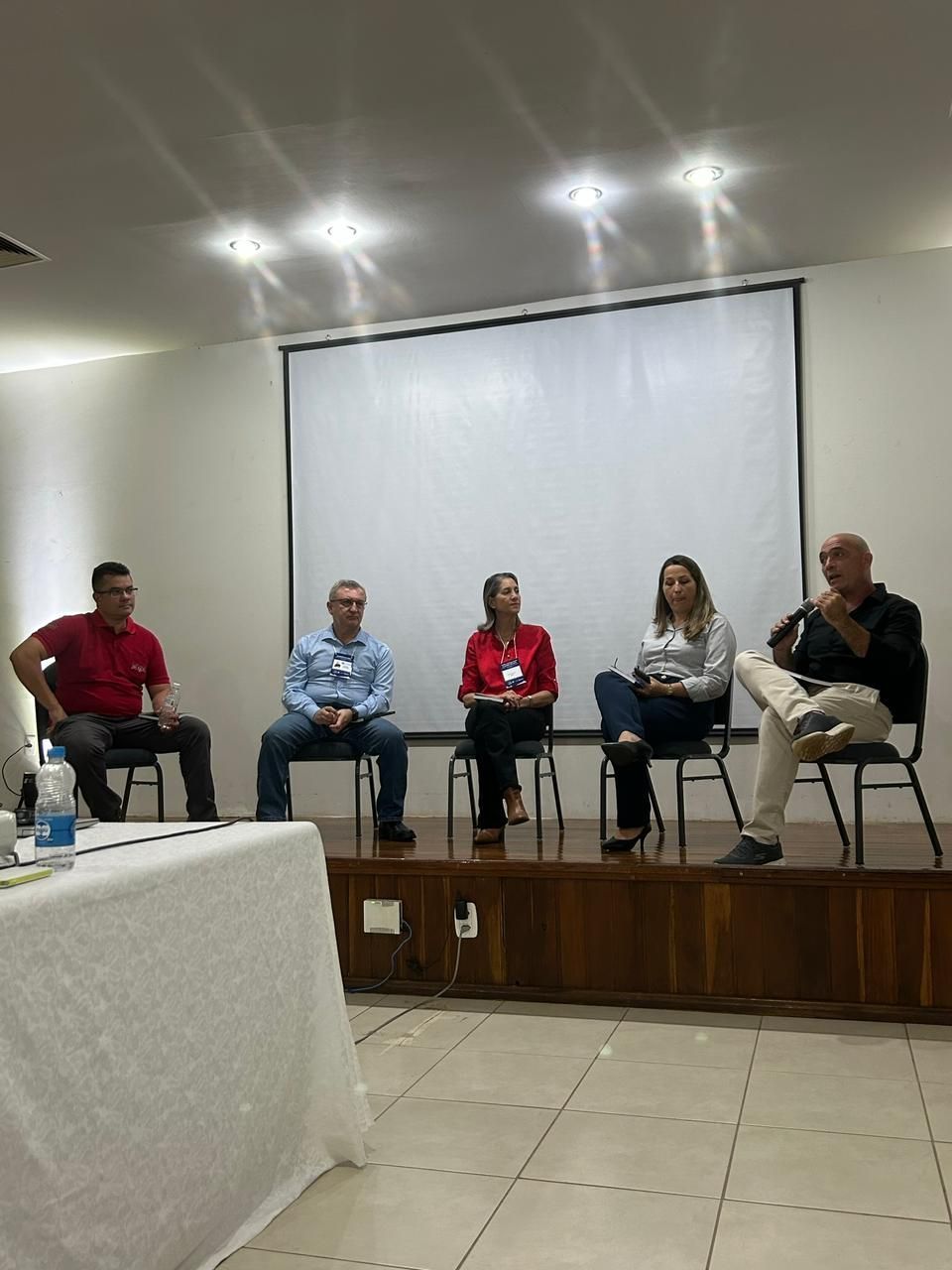
Conheça nosso App

Our Educational Videos
Somaticell on Social Networks


